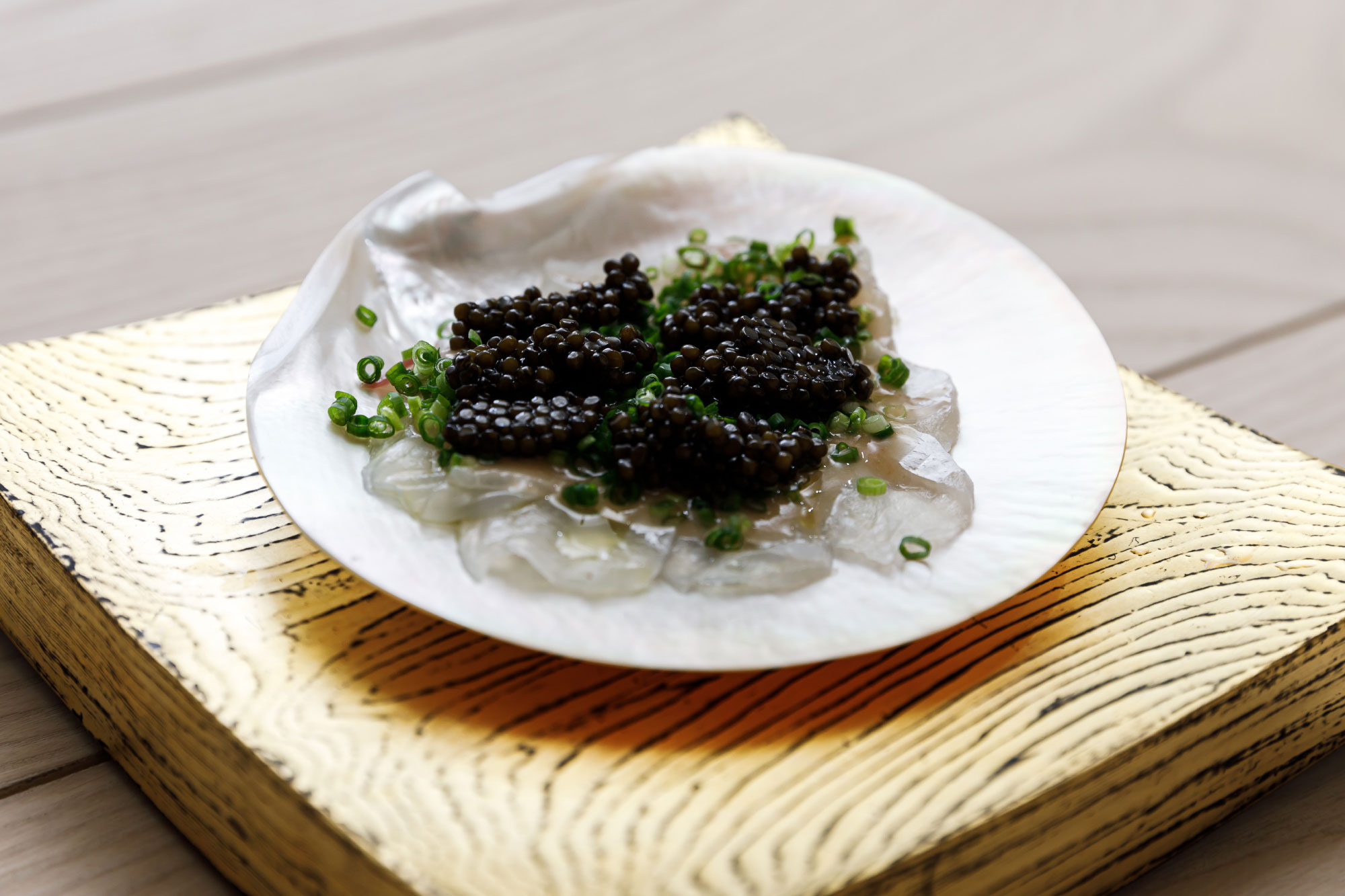ASSEMBLAGE 3
Intensity is the salient character, giving an edge to a racy and mouthwatering conclusion
THE NOSE
Intense, pure, highly defined. The first notes are bright ones, intriguingly vegetal, more floral than fruity. The sake calls for a moment of respiration to grow more complex through darker lower tones. White pepper - IWA’s aromatic signature - is clearly present.
THE PALATE
One is instantly struck by the impression of superlative balance and coherence. The weightlessness of the sake unfolds with great tonicity. All sensations seamlessly converge, drawn to a racy, tactile, intense, mouthwatering finish.

Sensory Profile



